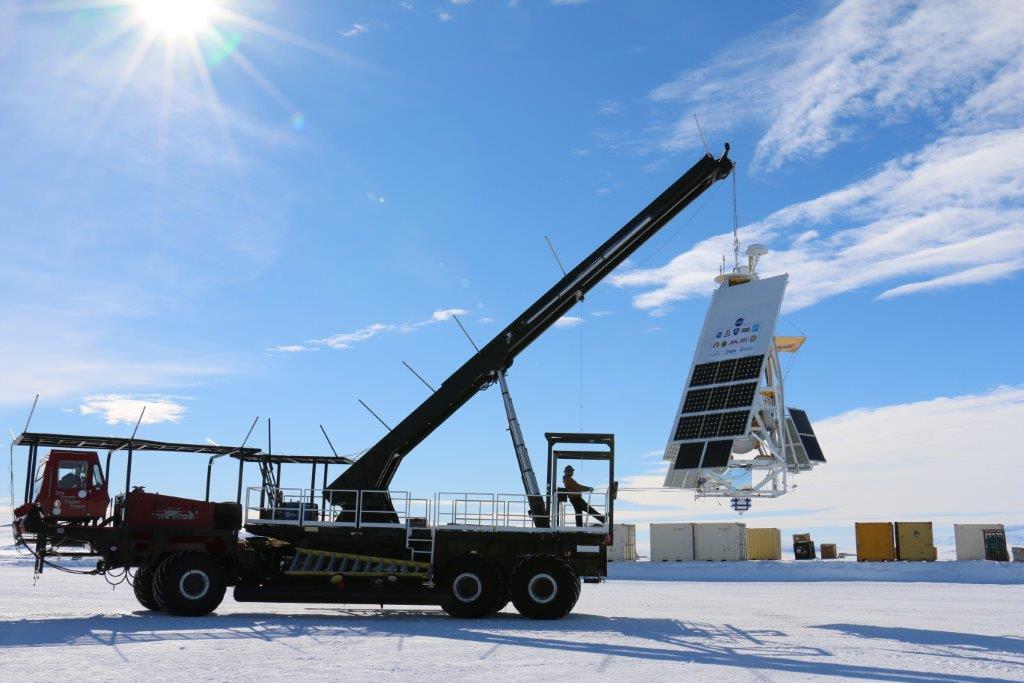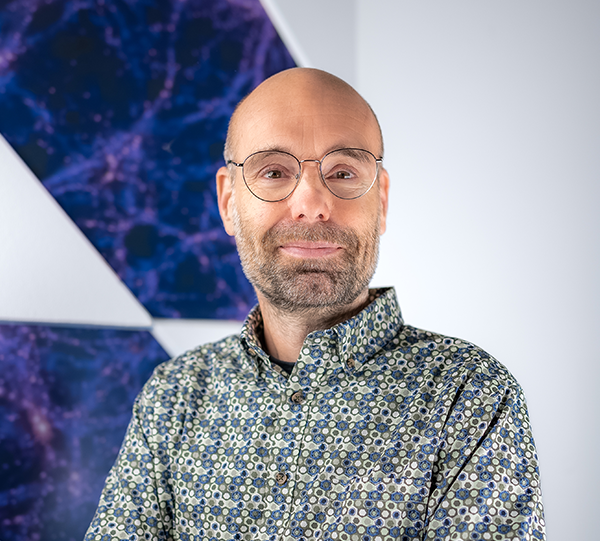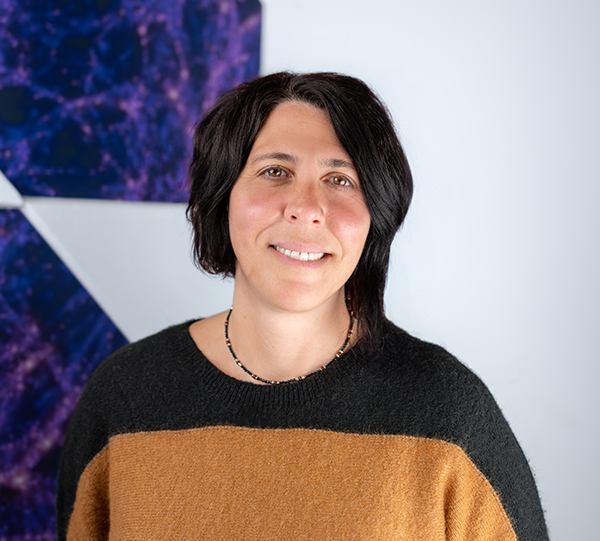| Status | Legacy |
| Launch | 2016 |
| Space organisation | NASA |
| Type | Far-infrared (64 – 205 μm) |
| Orbit | Balloon above Antarctica at 39 km altitude |
| SRON contribution to | HEB heterodyne detectors |

Stars are born from clouds of gas and dust floating in space within a galaxy. To understand this process, astronomers want to know which atoms are present during which phase. Carbon and nitrogen are key elements in this process. In preparation for the GUSTO balloon telescope, STO2 measured how much radiation it receives at the precise frequencies emitted by these two substances. For nitrogen, those are around 1.4 terahertz and for carbon around 1.9 terahertz. Interstellar clouds are so cold that they emit the most radiation at those kinds of far-infrared frequencies.
STO2 spent twenty-one days at the edge of space making measurements of the Milky Way with a single pixel detector. SRON has built all three far-infrared channels 1.4 THz, 1.9 THz and 4.7 THz-together with TU Delft-for nitrogen, carbon and oxygen, respectively. For the latter detector, SRON and TU Delft collaborated with the Massachusetts Institute of Technology. It worked properly, but a component to send the signal to Earth was overheated by the sun.






